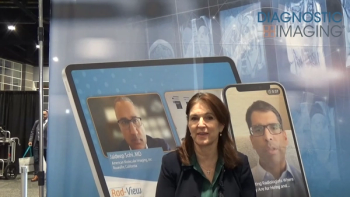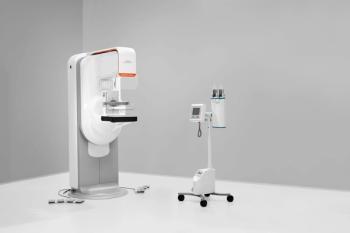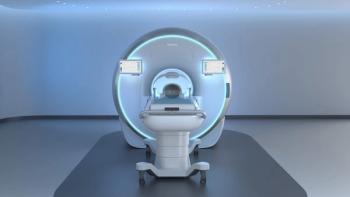
7T MRI Shines Light on Sickle Cell Disease Impact on Brain
Images show smaller hippocampal volume in patients with sickle cell disease compared to healthy patients.
Using 7T MRI can give providers clearer, higher-quality brain images of patients who have sickle cell disease.
In a study published this month in
“This is a first-of-its-kind project that uses our lab’s whole-body 7-Tesla magnetic resonance imager alongside our optimized
The unique shape of red blood cells in patients with sickle cell disease can lead to blockages that can cause tissue damage due to impeded blood and oxygen flow. Currently, 7T MRI can highlight hippocampal abnormalities in patients with other neurodegenerative conditions and neuro-inflammatory diseases. Consequently, Ibrahim’s team investigated whether they could accomplish this same thing in patients with sickle cell.
For their study, they conducted 7T MRI, using a customized head coil, on 53 patients with various forms of sickle cell disease and 47 healthy race- and age-matched controls. Using T1- and T2-weighted images, they automatically segmented subfields of the hippocampus and discovered that, on average, patients with the condition had significantly smaller volume in the hippocampal region, including the Dentate Gyrus and Cornu Ammonis 2 and 3 when compared to the healthy control patients. In addition, other subregions also demonstrated a trend toward smaller volumes in patients with sickle cell, they said.
“Our findings support and extend previous reports of reduced hippocampal volume in [sickle cell disease] patients, but provide more insights on the specific hippocampal subfields that are impacted,” Ibrahim explained. “The subfields are tiny structures within the hippocampus which can only be seen in ultra-high resolution acquisitions – a feature of 7-Tesla imaging – and enhanced with the ‘Tic Tac Toe’ antenna technology.”
As a next step, the team said, they plan to evaluate the mechanisms that lead to these structural changes, as well as electrical changes in the brain and how they are associated with cognitive performance in this patient group.
For more coverage based on industry expert insights and research, subscribe to the Diagnostic Imaging e-Newsletter
Newsletter
Stay at the forefront of radiology with the Diagnostic Imaging newsletter, delivering the latest news, clinical insights, and imaging advancements for today’s radiologists.




























